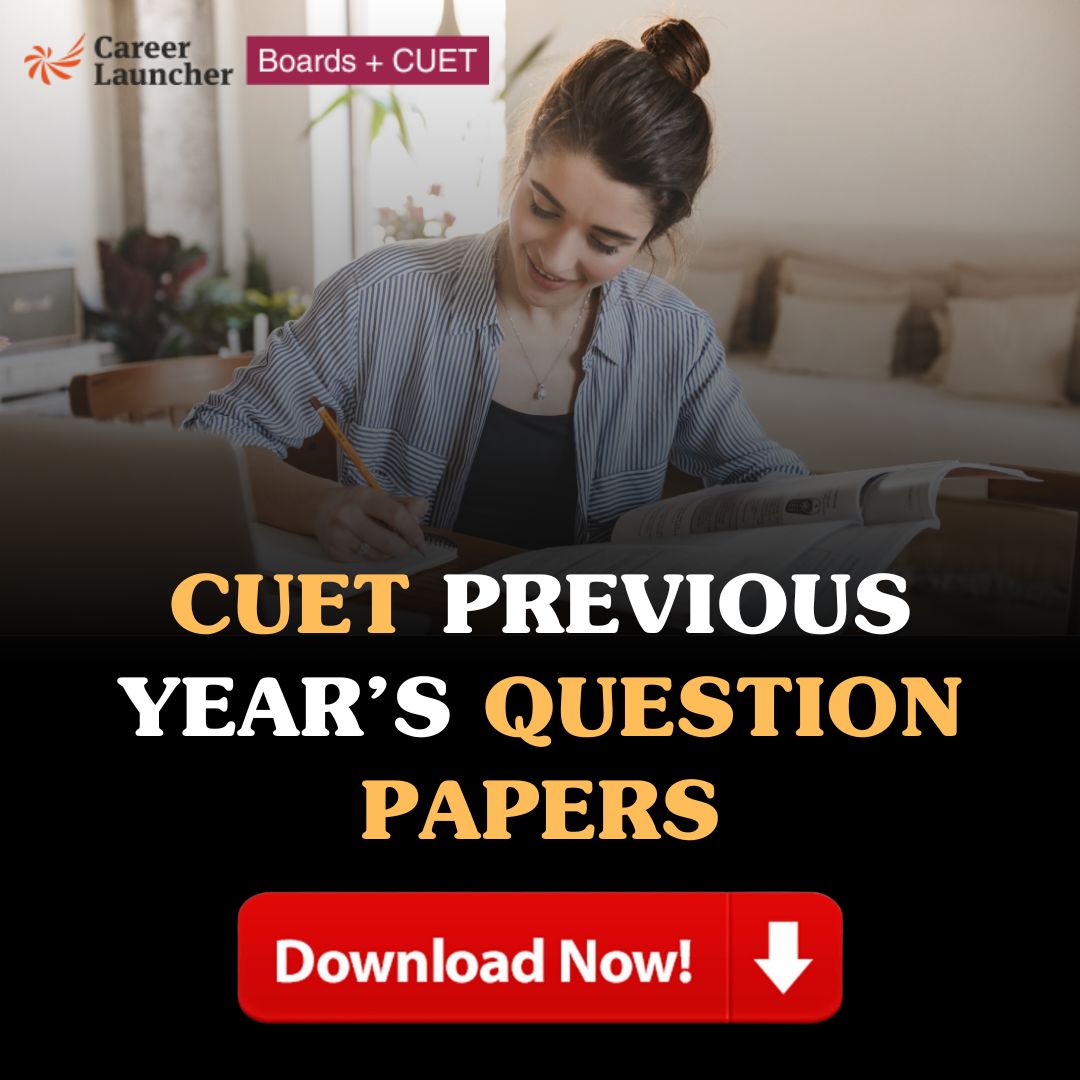Important Questions
1. Prove that if E and F are independent events, then the events E and F ' are also independent.
2. A die, whose faces are marked 1, 2, 3 in red and 4, 5, 6 in green, is tossed. Let A be the event "number obtained is even" and B be the event "number obtained is red". Find if A and B are independent events.
3. A and B throw a pair of dice alternately, till one of them gets a total of 10 and wins the game. Find their respective probabilities of winning, if A starts first.
4.
Assume that each born child is equally likely to be a boy or a girl. If a family has two children, what is the conditional probability that both are girls? Given that
(i) the youngest is a girl
(ii) at least one is a girl.
5. Two numbers are selected at random (without replacement) from the first six positive integers. Let X denote the larger of the two numbers obtained. Find the probability distribution of the random variable X, and hence find the mean of the distribution.
Sample Questions
1. Suppose a girl throws a die. If she gets a 1 or 2, she tosses a coin three times and notes the number of heads. If she gets 3, 4, 5 or 6, she tosses a coin once and notes whether a head or tail is obtained. If she obtained exactly one tail, what is the probability that she threw 3, 4, 5 or 6 with the die?
2. Two numbers are selected at random (without replacement) from the first five positive integers, Let X denote the larger of the two numbers obtained. Find the mean and variance of X.
3. An urn contains 3 white and 6 red balls. Four balls are drawn one by one with replacement from the urn. Find the probability distribution of the number of red balls drawn. Also find mean and variance of the distribution.
4. Suppose 5%of men and 0.25%of women have grey hair. A grey haired person is selected at random. What is the probability of this person being male? Assume that are equal number of males and females.
5. There are three coins. One is a two-headed coin (having head on both faces), another is a biased coin that comes up heads 75% of the times and third is also a biased coin that comes up tails 40% of the times. One of the three coins is chosen at random and tossed, and it shows heads. What is the probability that it was the two-headed coin.



